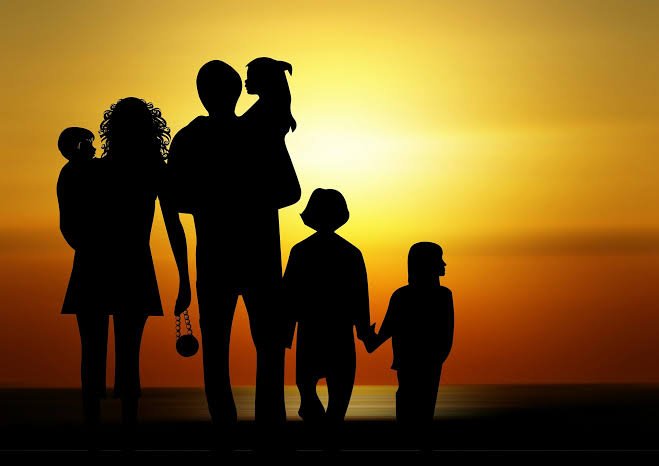Family reunification has always been at the heart of immigration policy. For many migrants, the chance to bring loved ones to join them in a new country is more than a legal process — it’s a deeply personal dream rooted in love, responsibility, and the hope for a better life together.
Across major immigration destinations like the United States, Canada, the UK, Australia, and parts of Europe, policies vary widely. While most countries recognize the importance of keeping families together, eligibility criteria often differ based on residency status, income levels, and even housing conditions. Some systems prioritize spouses and minor children, while others allow for extended family members like parents or adult children — but usually with longer waiting times and stricter requirements.
Waiting periods can stretch from several months to even years, depending on the country and category of the application. These delays aren’t just bureaucratic; they carry real emotional weight. Families remain divided by borders, often navigating time zones, visa restrictions, and missed life milestones — all while dealing with the uncertainty of when they’ll finally be together again.
For many, the journey to reunification is filled with paperwork, interviews, and sacrifices. But behind the red tape are real people: parents longing to hug their children, spouses missing birthdays and anniversaries, siblings growing up worlds apart.
In the end, family reunification isn’t just an immigration issue — it’s a human story. And for countless families around the world, it’s a story they hope leads to a joyful reunion.
